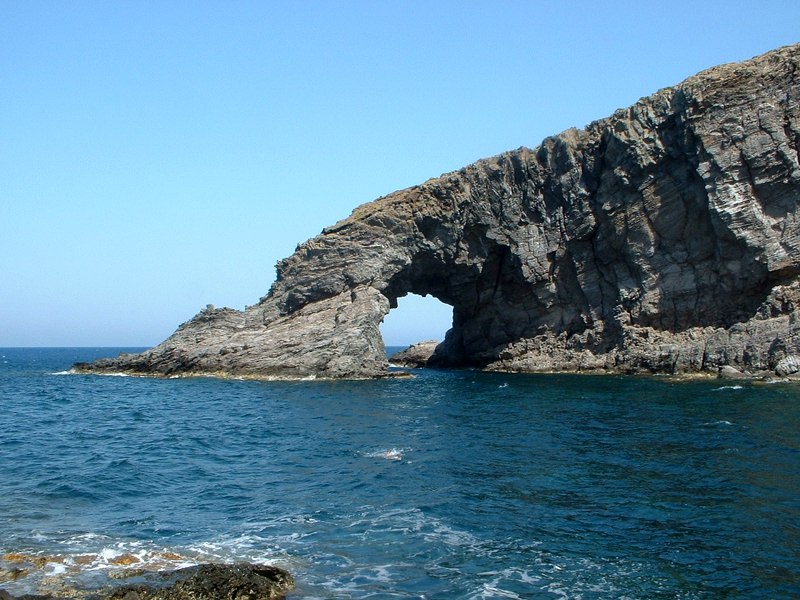Case Study
The Establishment of a Marine Protected Area in the Mediterranean Sea
Contact name
Sonia Anelli
Institution name
Parco nazionale dell'isola di Pantelleria
Region & country
Sicily, Italy
Summary
Pantelleria National Park, located on an island in the middle of the Mediterranean Sea, was installed as a terrestrial National Park in 2016. Learning from this experience, the management is now working on expanding as a Marine Protected Area (MPA).

Landscape
Pantelleria National Park

Arco dell'Elefante
Pantelleria National Park
Background of the project
Pantelleria National Park is in a unique position, as it is a terrestrial park located on an island in the middle of the Mediterranean Sea. To only install a terrestrial park is a historical choice. The National Park is established in 2016, although the discussions to create it date back 10 years prior and are related to fires that burn on the island that required terrestrial attention. Finally, most of the inhabitants are working in agriculture, and thus the initial focus was much more on terre
Still, the Pantelleria National Park management noticed the effects of having a park close to the sea. Climate change is having more and more profound effects, as people on the island notice changes. The sea temperature is rising, and there are changes in species distribution. More exotic species are seen, more algae, and the lobster is disappearing. Another reason for this is overfishing. Although there are not a lot of fishing boats, most fishing activity is spear gun fishing.
Solution and actions taken
Currently, Pantelleria National Park is in the process of instituting a Marine Protected Area (MPA). This will be a step in the direction of giving the area necessary protection in terms of biodiversity conservation and climate change adaptation.
Pantelleria National Park has started the process of involving the local population. Also, they started scientific studies, and are in discussion with stakeholders and the local government. With the implementation of the terrestrial park, a part of the local population was resistant to the idea of having a park on the island. However, with the emerging of projects, activities, and tourism, their ideas are shifting. Pantelleria National Park is working on the same outcome with the MPA.
Other institutions or parties involved
The local stakeholders, and the local population. These people can help with the design of the park. Meetings are in place to speak about the importance, and strengths and weaknesses. Also, border designs are discussed. The rules on the assets of the MPA are shared. It is a continuous and educational process.
Results
Pantelleria National Park is in the process of installing an MPA. The creating of the terrestrial Protected Area took 10 years, but with the lessons learned from this experience, Pantelleria expects to have an MPA within around 2 years. Also, the current climate crisis does not allow for a too stretched out process.
Challenges
The main challenges lie in involving the stakeholders. The largest part of the local population is hesitant to take part in the discussions. Also, as opposed to terrestrial development, it is more difficult to make the sea appealing for activities. Still, several activities such as scuba diving are popular for tourists.
Lessons learned
The main lesson learned is that it is important to listen to local stakeholders and inhabitants of your area. However, in the end, you also you need to take a final decision, and as with the terrestrial park, benefits can become evident later.
Contact name
Sonia Anelli
Institution name
Parco nazionale dell'isola di Pantelleria